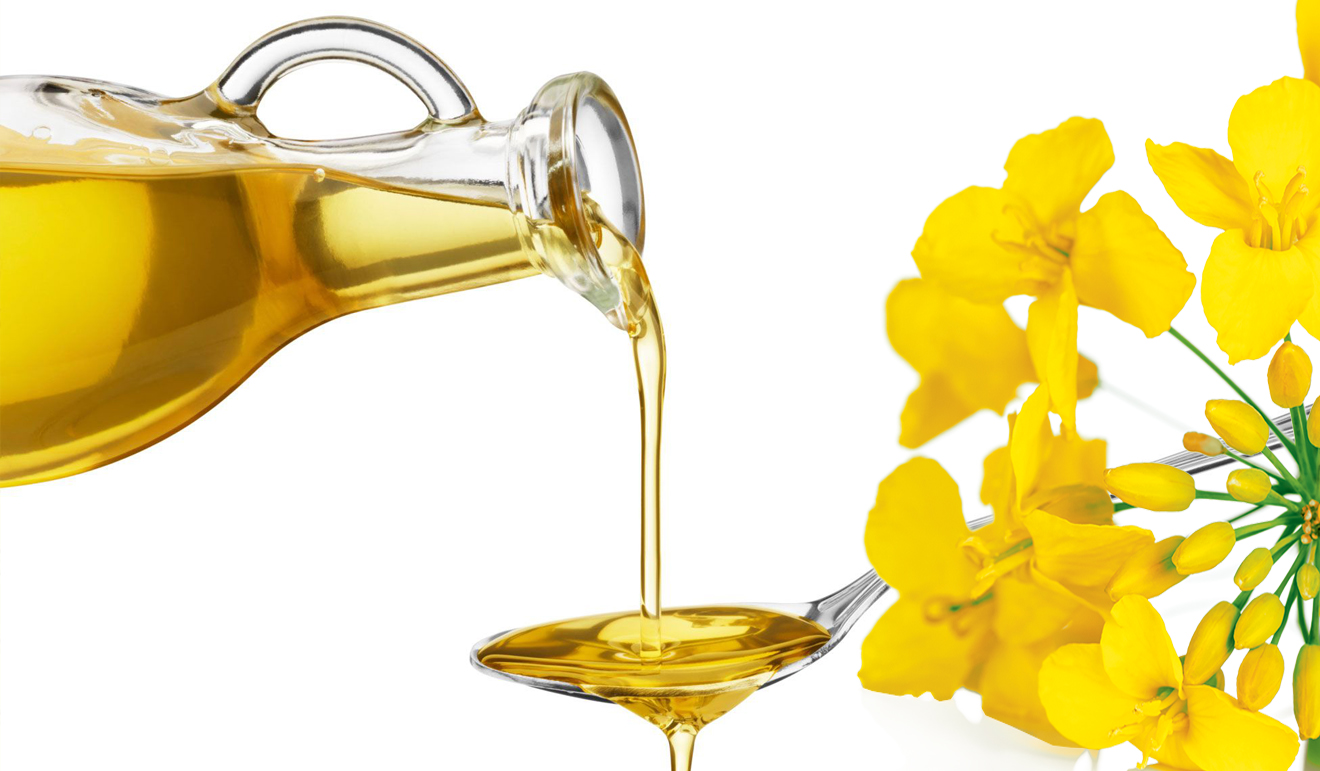
Edible canola oil comes from the seeds of the canola plant, which is an oilseed plant grown around the world. Canola is a plant in the cruciferous family, which also includes cabbage, collards, and lettuce. It is an oil obtained by pressing canola seeds. Canola oil is a light yellow vegetable oil with a mild flavor.
The composition of pure canola oil varies depending on the extraction method and the degree of refinement. In general, canola oil contains the following components:
Fatty acids: Canola oil is a monounsaturated-polyunsaturated vegetable oil, meaning it contains a high content of monounsaturated (61-63%) and polyunsaturated (29-31%) fatty acids. Monounsaturated fatty acids are beneficial for heart health, helping to lower LDL (“bad”) cholesterol and increase HDL (“good”) cholesterol. Polyunsaturated fatty acids are also beneficial for heart health, helping to reduce the risk of heart disease and stroke.
Vitamins: Canola oil is a good source of vitamin E, an antioxidant that helps protect cells from damage. One tablespoon of canola oil contains approximately 10 mg of vitamin E, which is 10% of the recommended daily intake.
Minerals: Canola oil contains small amounts of minerals, such as potassium, phosphorus, and magnesium.
The main characteristics of canola oil are the following:
- It is a liquid oil at room temperature.
- It has a golden yellow color.
- Its flavor is mild and neutral.
- It is a good source of vitamin E, an antioxidant that helps protect cell damage.
- It is rich in polyunsaturated fatty acids, which are beneficial for cardiovascular health.
- It is an economical and versatile oil that can be used for cooking, frying, baking and salad dressing.

Write to us and one of our commercial agents will answer your questions very soon.

